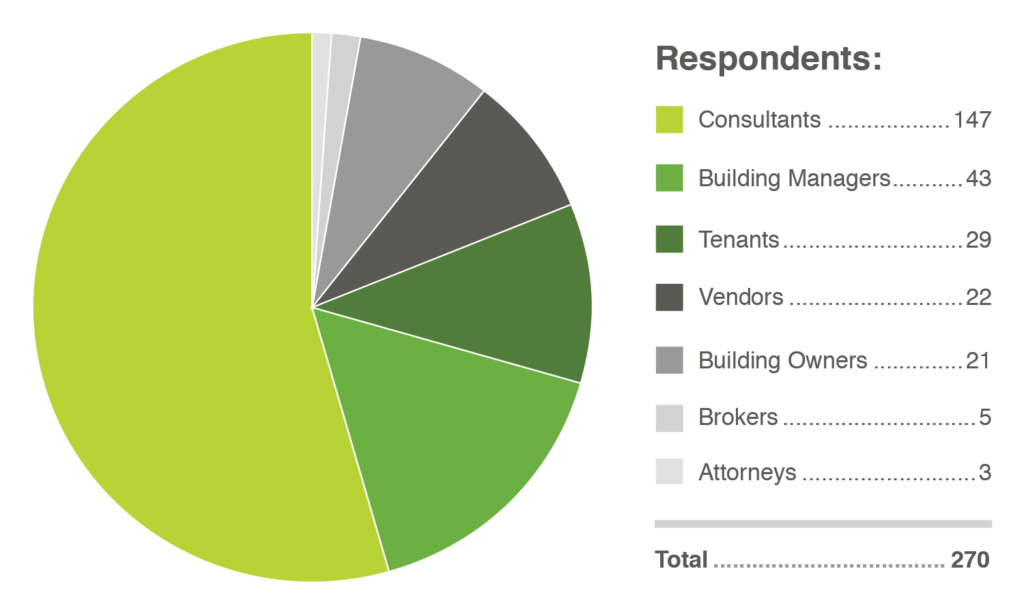Summary
The Decarbonizing New York City Offices project team broadly surveyed real estate industry stakeholders, leveraging their expertise and insight, to guide the development of practical tools designed to promote strategic energy efficiency investments, decarbonization strategies, and forward- thinking leasing practices within commercial real estate.
In the fall of 2020, the New York State Energy Research and Development Authority (NYSERDA) launched the Decarbonizing New York City Offices project, an initiative to drive energy efficiency in commercial real estate and advance New York’s ambitious climate goals in the midst of pandemic- related workplace changes.
As a critical first step, the project team developed and disseminated an industry survey to gather feedback from key stakeholders who have knowledge of or influence over the tenant leasing process, space design, and operations.
The survey results shed light on new energy efficiency priorities and provide a deeper understanding of potential stakeholder knowledge gaps. The project team will utilize findings from the survey as well as insights from the project’s Steering Committee and other subject matter experts, to inform the development of engaging and actionable industry resources designed to spur impactful retrofits and leasing practices within the commercial real estate sector.

